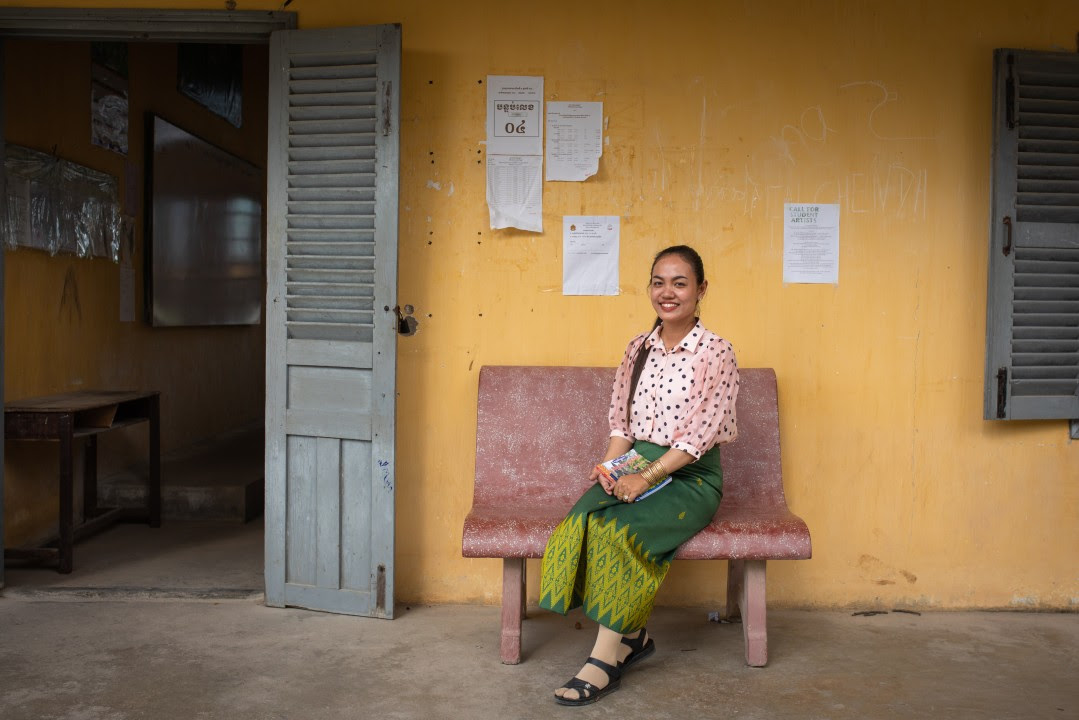|
Getting your Trinity Audio player ready...
|
On World Teachers’ Day, new UNESCO projections reveal a serious global shortage of teachers in all regions of the world. 44 million new teachers are needed to meet the SDG goal of achieving primary and secondary education for all by 2030. While the new figure is significantly lower than the 69 million gap calculated in 2016, progress falls short.
Shortage of teachers and unattractiveness of the profession
The new UNESCO data show that sub-Saharan Africa alone accounts for 1 in 3 of the shortfall, which means that 15 million additional teachers are needed, a number that has only decreased by about 2 million since 2016.
While the shortage of teachers in primary education totals 12.9 million globally, secondary education requires 31.1 million to meet total needs – or 7 out of 10 teachers needed.
It also reveals that in Europe and North America, despite low birth rates, the teacher shortage is the third largest of all world regions with 4.8 million additional teachers needed. This is mostly the result of teachers leaving the profession coupled with little appeal for young people to become teachers. The same trend can be observed in Latin America and the Caribbean, where the majority of the 3.2 million additional teachers needed are also due to attrition. An analysis of attrition data from 79 countries from different regions of the world shows that the teaching profession is too often unattractive.
Globally, attrition among primary teachers almost doubled from 4.62% in 2015 to 9.06% in 2022. This affects students, educators, and institutions, hindering teacher performance, causing staff shortages and increased class sizes, and having knock-on effects on student attendance, learning, and behaviour.
Teacher attrition is due to diverse factors, including salary disparities, working conditions, and personal circumstances. Low pay and poor working conditions discourage potential educators, while stress and burnout contribute significantly to departures.
Despite acute teacher shortages across Asia, current projections indicate that Southern Asia has reduced the shortfall of teachers by half since 2016, to an estimated shortage of 7.8 million teachers.
The expansion of teachers in secondary education has been particularly significant, increasing by almost 35% to a total of 8.55 million in 2022. This is mostly due to a significant growth in the recruitment of secondary teachers in India and Pakistan and lower fertility rates in the region.
7 measures recommended by UNESCO
Given the systemic shortage of teachers, UNESCO recommends seven measures to make the teaching profession more attractive, to be adapted according to national situations and issues:
1. Invest in improving initial teacher education and in continuing professional development programmes.
2. Establish mentoring programmes that pair experienced teachers with newer ones and encourage peer collaboration.
3. Ensure that teachers receive competitive salaries and benefits, particularly in relation to other professions requiring similar levels of qualifications, as well as opportunities for advancement.
4. Streamline administrative tasks and paperwork to allow teachers to focus more on teaching and less on bureaucracy.
5. Promote a healthy work-life balance by setting reasonable expectations for working hours and reducing unnecessary workload.
6. Provide access to mental health and counselling services to help teachers cope with stress and emotional challenges.
7. Promote strong and supportive school leadership that values teachers’ input, provides constructive feedback, and fosters a positive work environment.
Read more:
· World Teachers’ Day 2023 official page
· New UNESCO analysis: The teachers we need for the education we want: the global imperative to reverse the teacher shortage






